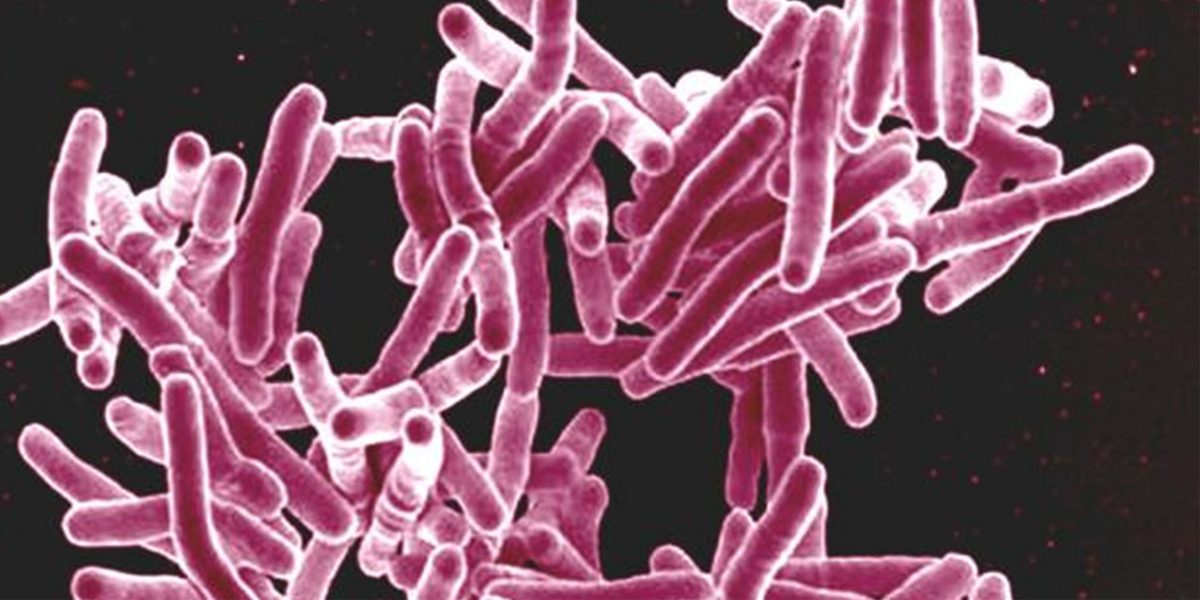Today is World Tuberculosis Day and we’re looking at how tuberculosis can affect cats.
The historical cause of tuberculosis in cats has been infection with Mycobacterium bovis.
M. bovis is so named because it’s the causative agent of tuberculosis in cattle, but it can also cause infection in many other species, including, but not limited to, cats, dogs, deer, badgers, ferrets, as well as humans.
Other mycobacterium can also cause infections in cats, for example Mycobacterium microti, which mainly infects rodents and poses a major risk for cats that actively hunt.
Cats can become infected with these mycobacteria from eating raw meat and prey infected with M. bovis, through contact with other infected animals, from their immediate environment, and through wounds suffered whilst hunting.
Clinical Signs
The initial signs depend on how the disease was transmitted.
If it was acquired from infected food, for example eating infected rodents, the cat may develop an intestinal infection causing diarrhoea, vomiting, loss of appetite and weight loss.
Infection via the skin is more common and can be acquired from bite wounds during hunting or from environmental contamination of wounds. Early signs may be non-healing sores and/or small firm swellings called nodules that are often associated with swollen lymph nodes. Lymph node swelling may be clearly noticeable and can be the only, or the most obvious, sign.
If infected through fight wounds when hunting, skin lesions are initially seen around the head and face or on the extremities. Swollen lymph nodes under the chin often develop after infection to the skin around the head. In some cases, local infection can spread to tissues under the skin, including muscle and bone that may lead to signs of lameness.
As the disease progresses, infection can spread, and may reach the cat’s lungs which can cause progressive coughing or difficulty breathing. The disease generally develops slowly and cats often become lethargic and lose weight with disseminated infections.
Diagnosis and treatment
Infection might be suspected from clinical signs, but tuberculosis cannot be diagnosed from these. Investigations will often include X-rays to identify the spread of infection. Diagnosis is made through a blood sample and/or samples of affected tissues.
There are currently no licensed drugs for the treatment of tuberculosis in cats, treatment will depend on the clinical signs, type and severity of the infection.
Although some cases may be treated effectively, prognosis should always be guarded.
For more information about tuberculosis in cats please see our article here






